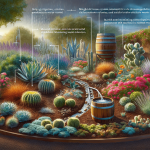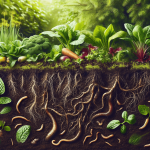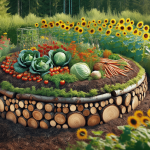This post may contain affiliate links. As an Amazon Associate, we may earn commissions from qualifying purchases.
Imagine a garden where plants thrive, bursting with life and vitality, all thanks to the magic of enriched soil. “Techniques For Soil Remineralization And Its Impact On Plant Nutrition” guides you through innovative methods to rejuvenate soil, ensuring your plants receive the essential nutrients they crave. By introducing natural minerals back into the earth, you not only boost the health and vigor of your plants but also foster a more sustainable and productive growing environment. Have you ever wondered how to supercharge your garden’s health and boost your plants’ growth naturally? Soil remineralization might just be the answer you’ve been seeking!
Techniques For Soil Remineralization And Its Impact On Plant Nutrition
Soil remineralization might sound like a fancy term, but it’s actually a simple and effective practice to enhance the nutrient content of your soil. By understanding and employing soil remineralization techniques, you can significantly improve plant health and vitality. Let’s dive into what soil remineralization is, why it’s important, and the various techniques you can use to implement it.
What is Soil Remineralization?
Soil remineralization involves adding natural minerals back into the soil to restore its fertility. These minerals play a crucial role in plant nutrition, contributing to stronger root growth, improved photosynthesis, and increased resistance to diseases and pests. Over time, soils can become depleted of these essential minerals due to factors like over-farming, erosion, and pollution. Remineralization helps reverse this depletion.
Why is Soil Remineralization Important?
Healthy soils are fundamental to healthy plants. When soil lacks essential minerals, plants can exhibit poor growth, reduced yield, and susceptibility to diseases. Moreover, remineralized soils contribute to the broader ecosystem by supporting beneficial microbial communities and promoting sustainable agriculture practices. Remineralization ensures that plants receive a balanced diet of nutrients essential for their growth.
Techniques for Soil Remineralization
There are various methods available to add minerals back into the soil, each with its own set of benefits and application techniques. Below, we will explore some of the most effective techniques for soil remineralization.
Rock Dust Application
Rock dust, also known as mineral fines, is a common and effective way to remineralize soil. It provides a broad spectrum of minerals and trace elements necessary for plant health.
Types of Rock Dust
| Type | Source Material | Key Minerals |
|---|---|---|
| Basalt Rock Dust | Volcanic rock | Calcium, magnesium, iron, potassium |
| Granite Rock Dust | Granite rock | Potassium, calcium, iron, magnesium |
| Azomite | Volcanic ash deposits | Trace elements like zinc, iron, copper |
How to Apply Rock Dust
- Soil Testing: Before applying rock dust, test your soil to determine which minerals are lacking.
- Application Rates: Generally, rock dust is applied at rates of 5-10 pounds per 100 square feet. Adjust based on your soil test results.
- Incorporation: Mix the rock dust into the top few inches of soil. For existing plants, you can sprinkle it around the base and lightly rake it in.
Compost Addition
Composting is not just about organic matter; it’s also a way to recycle nutrients and add them back to your soil.
Benefits of Compost
- Nutrient-Rich: Compost contains a variety of essential nutrients and helps improve soil structure.
- Microbial Activity: It enhances microbial life, which aids in nutrient breakdown and availability.
- Water Retention: It improves soil’s ability to retain moisture.
How to Use Compost
- Composting Materials: Use a mix of green (nitrogen-rich) and brown (carbon-rich) materials.
- Decomposition: Allow compost to fully decompose before using. This usually takes several months.
- Application: Apply a 2-3 inch layer of compost to your soil surface or mix it into the topsoil.
Green Manure and Cover Crops
Green manures and cover crops are plants grown specifically to improve soil health. They provide organic matter and, depending on the species, can add specific nutrients to the soil.
Common Cover Crops
| Cover Crop | Primary Benefit | Secondary Benefits |
|---|---|---|
| Legumes (e.g., clover, beans) | Nitrogen fixation | Erosion control, organic matter |
| Grasses (e.g., ryegrass) | Organic matter addition | Improved soil structure, weed suppression |
| Brassicas (e.g., mustard) | Disease suppression | Organic matter, nutrient cycling |
How to Use Cover Crops
- Selection: Choose cover crops that best suit your soil’s needs.
- Sowing: Plant cover crops during off-season or in rotation with your main crops.
- Incorporation: Turn the cover crops into the soil before they fully mature, typically just before they flower.
Seaweed and Kelp
Seaweed and kelp are excellent sources of trace minerals and growth hormones that benefit plant health.
Benefits of Seaweed
- Trace Minerals: Contains a broad range of trace elements.
- Growth Hormones: Includes natural growth hormones like auxins and cytokinins.
- Pest Resistance: Helps plants develop better resistance to pests and diseases.
How to Use Seaweed
- Forms: Available as dried powder, liquid extract, or fresh seaweed.
- Application: Mix liquid extracts with water and spray onto plants or soil. Incorporate dried powder into the soil.
- Fresh Seaweed: Rinse to remove salt and apply directly to the soil as mulch.
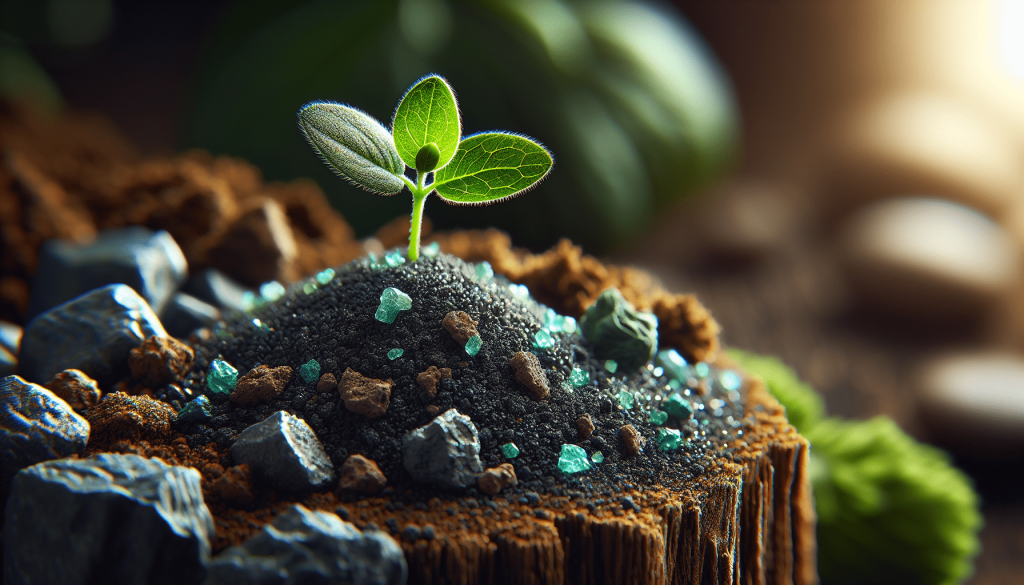
Impact of Soil Remineralization on Plant Nutrition
Now that you know the techniques, let’s explore how these practices impact plant nutrition and overall health.
Enhanced Nutrient Density
Remineralization improves the nutrient density of fruits and vegetables. Plants grown in mineral-rich soils tend to absorb and accumulate more nutrients, resulting in produce with higher vitamin and mineral content.
Improved Plant Growth and Yields
Mineral-rich soils foster robust root systems, facilitating better water and nutrient uptake. This leads to healthier, faster-growing plants and increased crop yields.
Increased Disease and Pest Resistance
Minerals play a vital role in bolstering plant immune systems. Remineralized soils support stronger plants that are more resistant to diseases and pests, reducing the need for chemical interventions.
Better Soil Structure and Health
Incorporating minerals and organic matter improves soil structure, increasing aeration and water retention. Healthy soils also promote the activity of beneficial microbes, which further aid in nutrient cycling and plant health.
Sustainable Agriculture
Soil remineralization is a key component of sustainable agriculture. It minimizes the need for synthetic fertilizers and supports long-term soil health, promoting a more sustainable and environmentally friendly approach to farming.
Practical Tips for Successful Soil Remineralization
Soil Testing and Analysis
Before embarking on soil remineralization, conduct a comprehensive soil test. Understanding your soil’s current mineral content and pH will guide your remineralization efforts.
Choosing the Right Amendments
Select soil amendments based on your soil test results. Customize your approach by choosing rock dust, compost, seaweed, or other sources that will address specific deficiencies.
Seasonal Considerations
- Spring: Ideal for applying rock dust and compost as you prepare your garden beds.
- Summer: Use liquid seaweed extracts for foliar feeding and pest resistance.
- Fall: Plant cover crops to add organic matter and protect the soil over winter.
Monitoring Progress
Regularly monitor soil health and plant growth to assess the effectiveness of your remineralization efforts. Make adjustments as needed to maintain optimal soil and plant health.
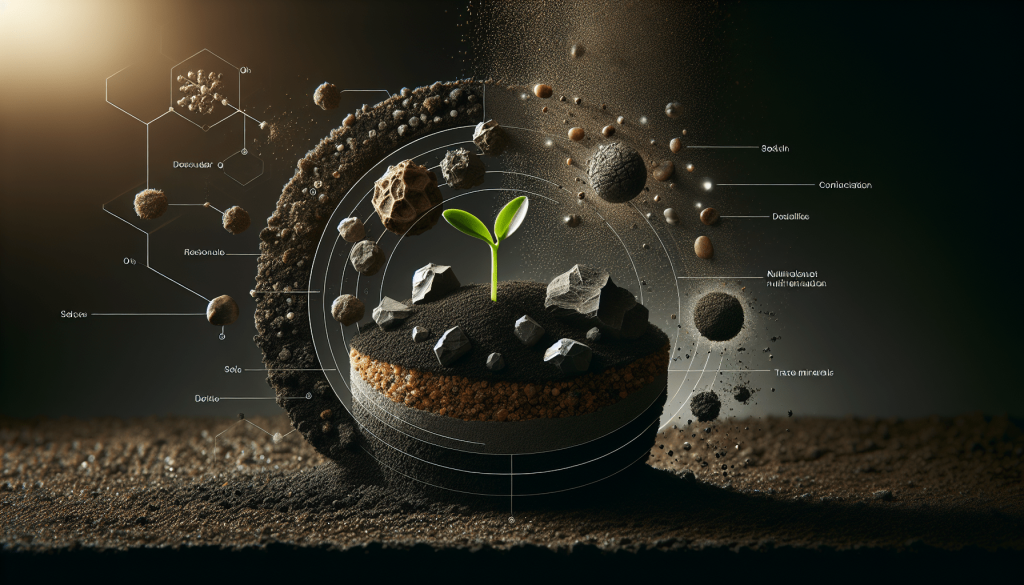
Conclusion
Soil remineralization is a powerful technique to revitalize your soil and ensure your plants are getting the nutrients they need for optimal growth and health. By incorporating practices like rock dust application, composting, using cover crops, and adding seaweed, you can restore your soil’s mineral content and support a thriving garden ecosystem. Remember, healthy soil leads to healthy plants, which in turn leads to healthy produce for you and your family. So why not give soil remineralization a try and witness the robust vitality it brings to your garden?
Happy gardening!

